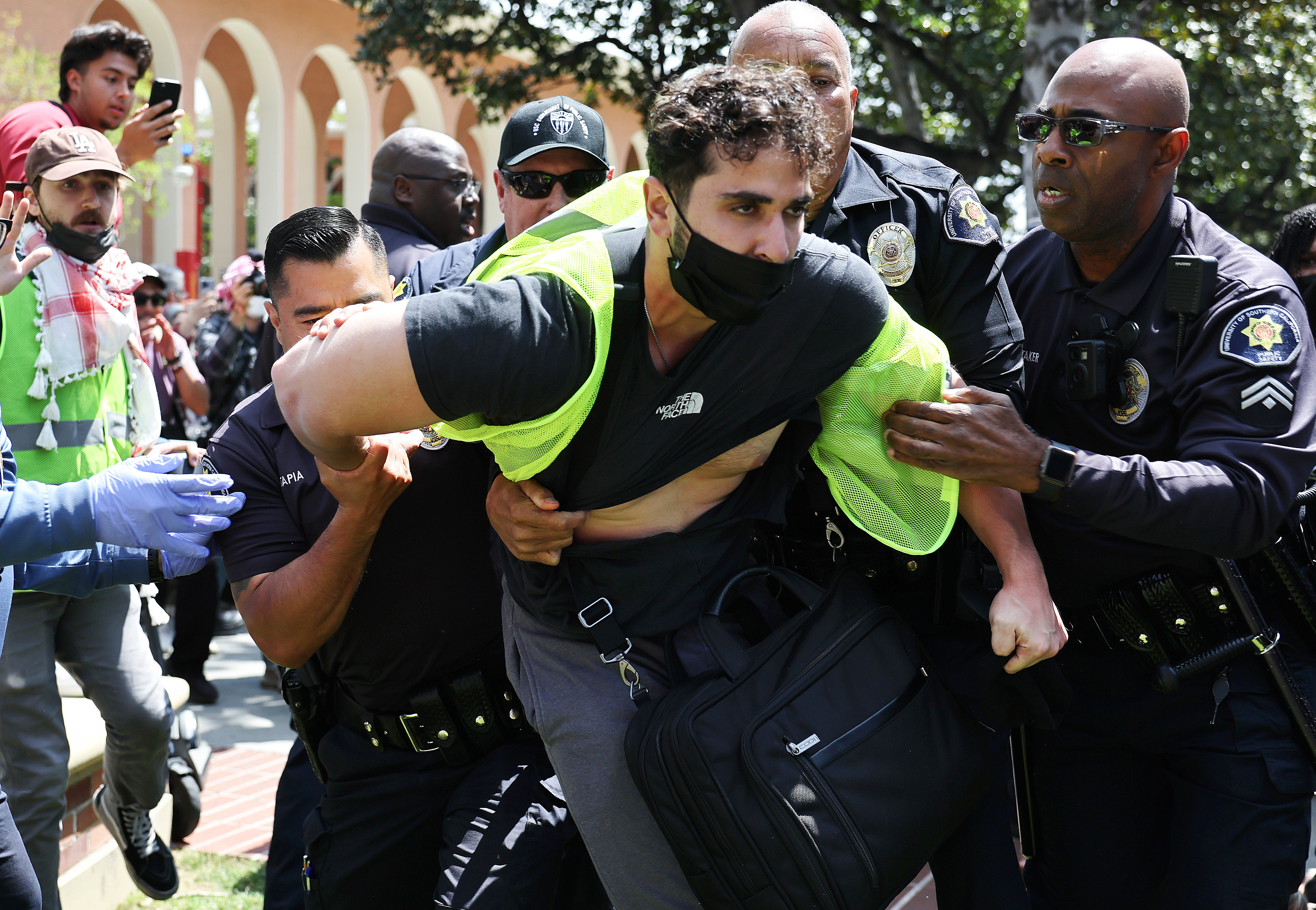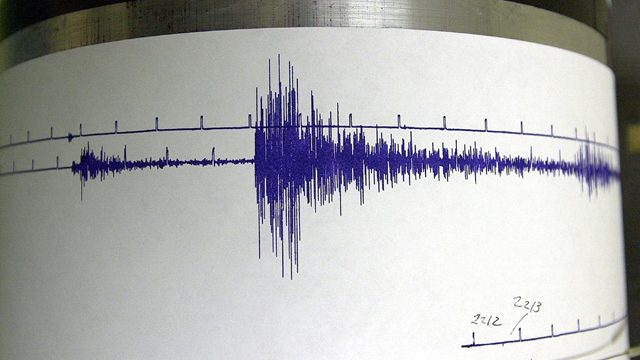What to Know
- Los Angeles Mayor Eric Garcetti this week announced the goal of accelerating the development and availability of rapid COVID-19 testing.
- The next step in the process is to simplify the sampling and analysis to the point it can be mass produced and done at home on a recurring basis.
- Challenges include the need for funding to rapidly scale up production capability and guarantees health insurers will reimburse for the new procedures.
If you've ever had occasion to do a home pregnancy test, you've had a glimpse into the possible future of COVID testing.
Whether you are positive will reveal itself on a treated paper strip by analyzing a sample of saliva -- more simply, quickly, and cheaply than the swabbing and lab analysis that have been the mainstay of the literally hundreds of millions of COVID tests to date.
"Very much a game-changer" is the expectation of Rahul Dhanda, CEO of Sherlock
BioSciences, the Massachusetts company at the forefront of developing a paper strip test with the power to detect the genomic content inside the virus itself, with technology licensed from Harvard University.
How Coronavirus Has Grown in Each State — in 1 Chart
This chart shows the cumulative number of cases per state by number of days since the 50th case.
Source: The COVID Tracking Project
Credit: Amy O’Kruk/NBC
Dhanda is among a group of biotech leaders sought out by Los Angeles Mayor Eric Garcetti for the initiative he announced Tuesday with the goal of accelerating the development and availability of rapid COVID-19 testing. The consortium held its first on-line conference last week.
"We were all very much aligned around the idea," Dhanda said.
Local
Get Los Angeles's latest local news on crime, entertainment, weather, schools, COVID, cost of living and more. Here's your go-to source for today's LA news.
"If we get this right, we could be doing as many as a million tests a week using paper strip testing, here just in Los Angeles alone," Garcetti said .
Covid testing has already been evolving from the early PCR test. At first, samples required the skilled hand of a tech to thread a swab through a nostril and back a couple of inches to the nasopharynx.
Later the swabbing simplified to less deep in the nose, or even taking a sample from the mouth, enabling these to be self-administered by the person being tested. But all relied on sending the samples to sophisticated laboratories with the tools to detect the presence of viral genetic material, RNA.
Some newer tests are designed to look instead for antigens, using less expensive laboratory equipment affordable by clinics.
The next step is to further simplify the sampling and analysis to the point it can be mass produced and done at home on a recurring basis.
Sherlock's approach, a platform called INSPECTR, seeks the same RNA indicator as the PCR test.
Coronavirus Deaths in Your City and State — and Across the US
These charts use daily coronavirus death data from Johns Hopkins University to show the seven-day moving average of deaths at the city, state and country level.
The impact of coronavirus varies enormously in the United States from one place to another.
Source: Johns Hopkins University.
Credit: Visuals by Amy O’Kruk/NBC, data analysis by Ron Campbell/NBC
"This is an innovative way of looking for the exact same target, but doing it on that simple paper strip that is like a dipstick you could buy off the shelf in your local pharmacy," Dhanda said. "You would collect the saliva specimen. You would put that specimen on the system that would look very much like a pregnancy test. And after probably 20-30 minutes you would get a strip telling you whether you are positive for COVID-19 or not."
Demand comes not only from cost and convenience considerations, but also from strategic need: delays in testing mean delays in isolation of contagious people, and further spread. Garcetti cited one study projecting that if contact tracing begins at the onset of symptoms, 80% of future infections could be prevented.
What's more, a growing body of research finds that those infected can be contagious for a day or more even before they display symptoms.
The envisioned solution is members of the public testing themselves on a recurring basis, to more quickly root out new infections.
INSPCTR is nearing final design stage, Dhanda said, expressing optimism it could be approved and ready for public use during the first half of next year.
Garcetti sees the consortium, which includes the conference of mayors and the governors' association, as a means to advance policy on a nationwide scale.
"This is not time to wait around for the federal government," Garcetti said.
It faces challenges beyond the scientific realm, including the need for funding to rapidly scale up production capability, and guarantees health insurers will reimburse for the new procedures, so that they will be used on a broad scale.
"Now we're searching for ways we can all work together and pilot within LA a mode of solving this crisis," Dhanda said.



